Requirements for ILR
08 Aug 2020, updated 05 Oct 2020In this chapter I’ll detail:
Note that the information here is:
- Specific to our unique circumstances
- Reflective of the rules, policies, and requirements, as of the time of our original application for ILR back in 2020; if we are aware of any changes since, it will be called out
If you are planning to apply for, or currently are in the process of applying for ILR then you must refer to the official guidance released by the UK Government at the page for settling in the UK. If you are considering other settlement routes then you can find the official guidance of the UK Government at this visas and immigrations page for living permanently in the UK.
Gathering the required documents
While most of the requirements are straightforward, there are a few below which should be started promptly and maintained continually over the course of the five years leading up to your application date, as opposed to rushing everything at the end.
Careful planning is key here; make sure you begin as early as you can. From the beginning, we always knew that we wanted to make the UK our permanent home, thus this was something we started to look into shortly after being granted our Tier 2 (General) visas.
List of required documents
For those applying for ILR via the Tier 2 (General) route, the requirements between the main applicant and their partner is mostly the same. If you are planning on including your children in your application, refer to the official UK government guidance to know what the additional eligibility requirements are for them. What’s listed below is specific to our case where I applied with my spouse, with no additional dependants.
-
Online application form

The application is done online and does not need to be printed out. After submitting and paying for the application, you will be provided a document checklist by the system which may ask for more items than what’s outlined below, depending on your answers in the application form.
As I and my spouse can apply at the same time (as per the date calculation), we were able to have a single application covering the both of us.
It’s important to note that your official application date is the date when you submit your ILR application online, and not when your appointment date is. If you submit your application too early then it will be rejected and you will not be refunded any fees you’ve paid.
-
Original, current passports, and any expired passports
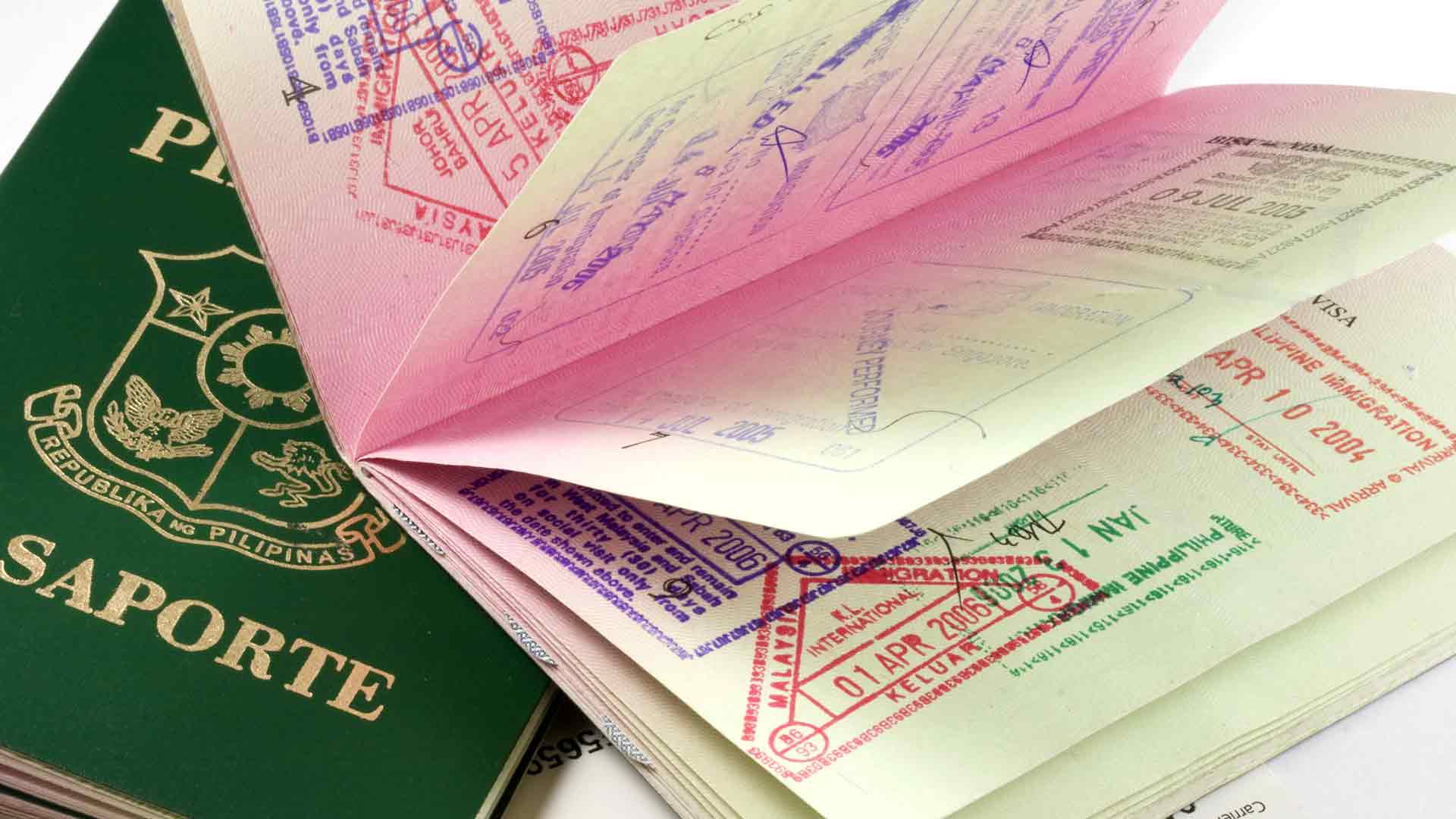
You must submit scans of the information pages of all your passports (current and expired). The same needs to be done for any family members applying with you.
In addition to submitting the scans online, you will need to bring all these with you on your appointment.
-
Evidence of immigration statuses in the UK
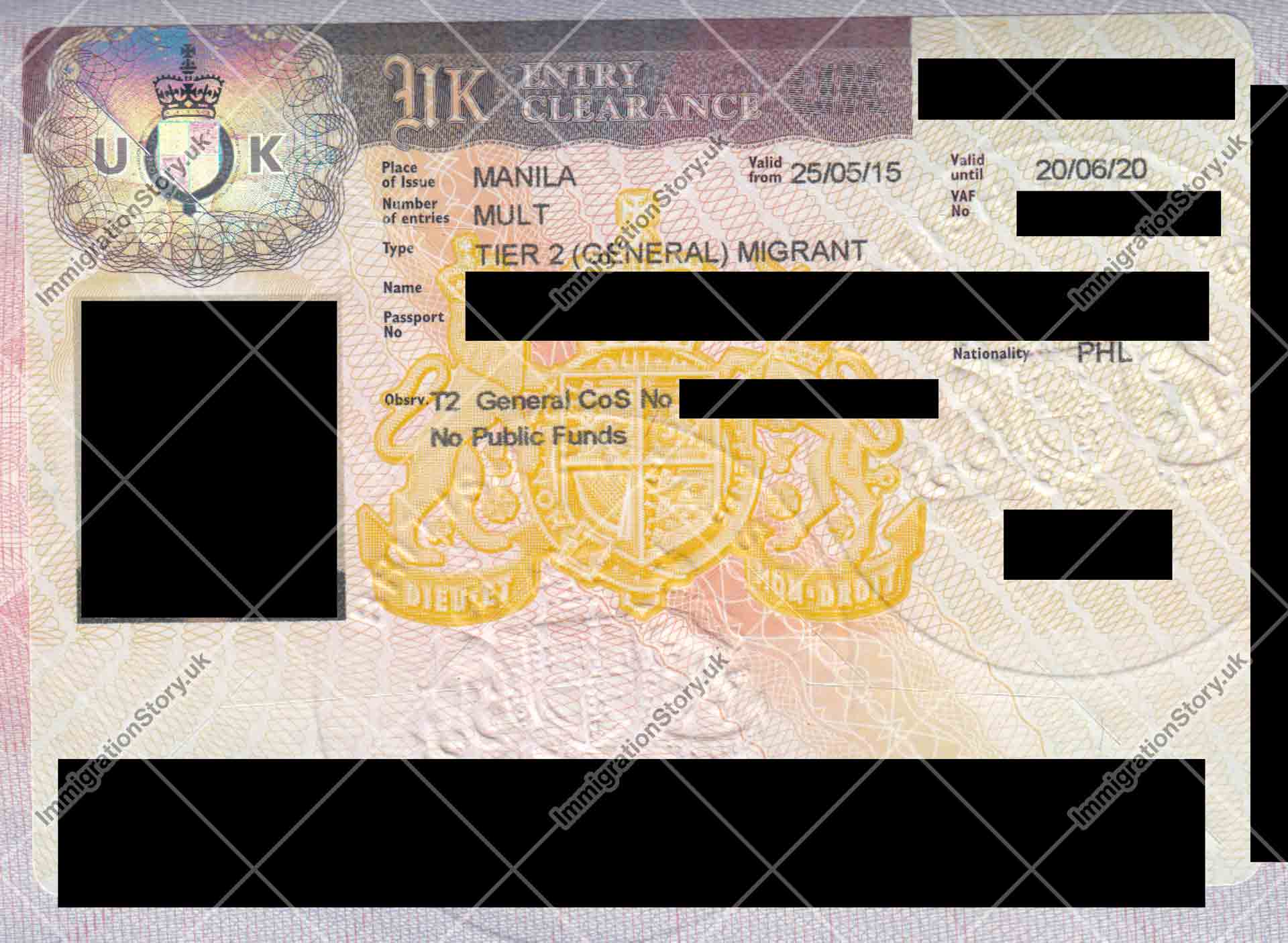
You must submit scans of all relevant UK visas granted to you, either in your passports as vignettes or as BRP cards. The same needs to be done for any family members applying with you.
In addition to submitting the scans online, you will need to bring all these with you on your appointment.
-
Evidence of meeting the English language requirement
With a few exceptions, nearly all applicants will need to submit evidence that they meet English language requirements.
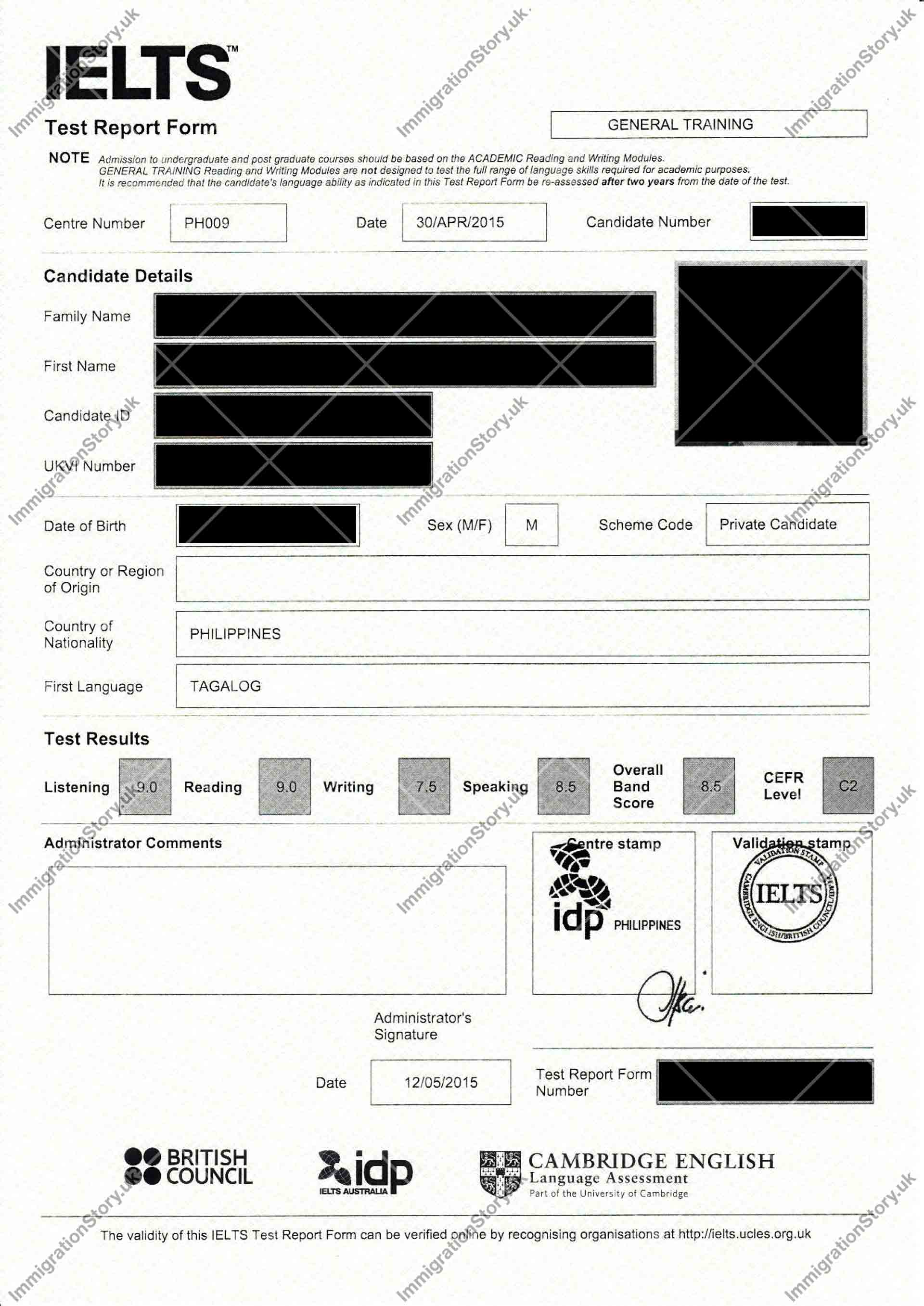
In accordance with the rules on proving my knowledge of English for settlement, I am able to reuse my existing IELTS test despite it being older than 2 years because:
- the test was submitted and accepted as part of my original Tier 2 (General) application
- the qualification is CEFR B1 level or higher
- the test (IELTS) is still in the current list of recognised tests
The situation is slightly different for my spouse. Originally when applying for the Tier 2 (General) visa they did not have to submit any such documentation (given that it is not needed for dependants). This however is mandatory for ILR applications.

Proof of knowledge in the English language can also be evidenced by having a degree taught in English. Because they have studied for and have been awarded a Master’s Degree in Law by Queen Mary University of London, to fulfil this requirement my spouse only needed to submit their UK degree certificate as evidence.
Refer to the chapter on the IELTS English Language test if you find that any of your family members need to take it in order to prove their knowledge of the English language.
In addition to submitting the scans online, you will need to bring all these with you on your appointment.
-
Evidence of passing the Life in the UK test
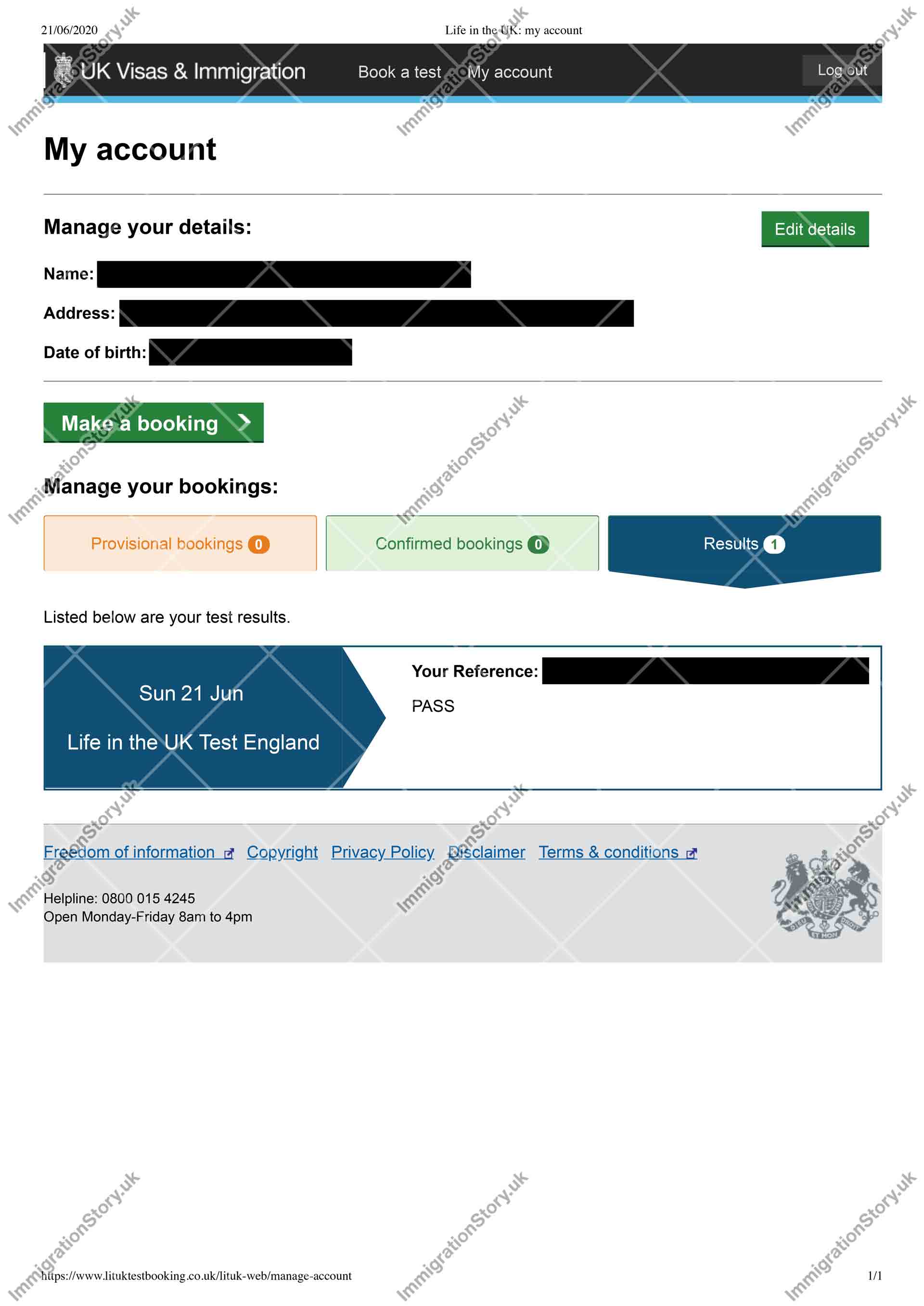
There is a separate chapter dedicated to preparing for the Life in the UK Test which details what you need to do, what the process entails, and what the costs are.
As of the time of writing in 2020, once you pass the Life in the UK test, this status remains valid indefinitely and does not expire. Given the restrictions in when you can retake the test in case you fail it, it is in your best interests to do the test as early as possible.
This is a requirement that nearly all applicants will need to fulfil, with a few exceptions.
When we took this test (and this is still true at the time of writing), safeguards to control the COVID-19 global pandemic meant that all test results were electronic and no physical certificates were issued. Capture these electronic results (e.g. as a PDF or screenshot) for you and any family members applying with you, and submit them online.
-
List of absences from the UK in the past 5 years (or whatever the qualifying period is for the route you are applying for)
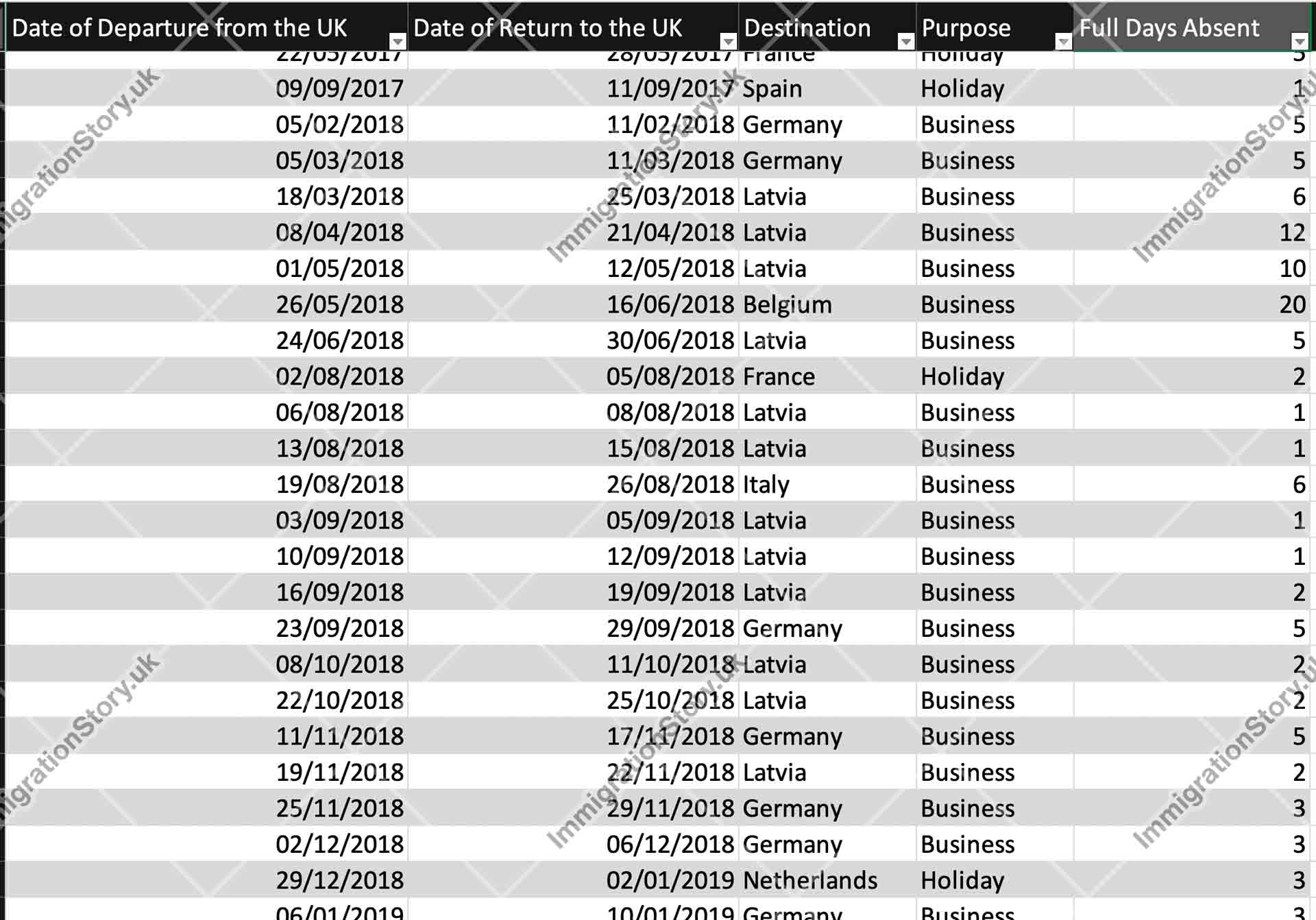
In order to prove that they meet the residency requirement of the ILR, each applicant will need to submit records of their full travel history for the entire qualifying period (e.g. 5 years) they are applying for. For each trip, you must indicate:
- The country visited
- The date you left the UK
- The date you returned to the UK
- The purpose of the trip
If you or your accompanying family member travels outside the UK frequently then this is not an easy requirement to fulfil in one go. What we have done is to create a spreadsheet for each of us very early on, and adding entries to it whenever we leave from and return to the country over the course of the five years leading up to our application.
This is to ensure that the applicant not been outside the UK for more than 180 full days in either:
- separate 12-month periods (for periods of leave granted before 11/08/2018), or
- any 12-month period (for periods of leave granted on or after 11/08/2018)
For periods of leave granted before 11/01/2018, the more lenient “old calculation method” applies which says that one cannot be outside the UK for more than 180 full days on separate 12-month periods counting backwards from the application date. For periods of leave granted on or after 11/01/2018 then the stricter “new calculation method” needs to be used which says that one cannot be outside the UK for more than 180 full days in any 12-month period on a rolling basis. Regardless of when your leave was granted, if you meet the requirement using the stricter “new calculation method” then mathematically you meet it as well using the more lenient “old calculation method”. If you find that you do not meet the requirement using the stricter “new calculation method”, check if the more lenient “old calculation method” applies to you and if so, understand the rules and calculate against it, or seek support from an immigration adviser.
Submit this spreadsheet online for each applicant.
-
Your most recent payslip, and the corresponding bank statement showing the payment on the payslip
This is only applicable for the main applicant. Provide your most recent payslip, as well as the bank statement showing the amount on the payslip being deposited to your account, on a date corresponding to when that payslip is for.
Most payslips and bank statements nowadays are electronic. Submit these online if so; otherwise scan them and submit those online, bringing the originals with you on your appointment.
-
Letter from your employer detailing absences from the UK
This is only applicable for the main applicant. Request this letter from your employer; the details should match the list of absences requirement you will need to submit as indicated earlier.
In my case, my employer provided me a single document combining the letter of support with the details of my UK absences. Your employer may opt to do this as well instead of giving you two separate documents – just make sure it contains the all the needed details for both.
Most support letters nowadays are electronic. Submit this online if so; otherwise scan it and submit that online, bringing the originals with you on your appointment.
-
Letter of support from your employer
This is only applicable for the main applicant. Request this letter from your employer; this needs to confirm that you are:
- still required for the employment in question for the foreseeable future
- the nearest applicable SOC code which best describes your employment
- your current rate of pay
- confirmation that this is at or above the appropriate rate for the job as stated in the codes of practice for Tier 2 sponsors
- if you are currently on maternity, paternity, shared parental or adoption leave, confirmation of the date this started, your salary immediately before the leave, and what your salary will be on your return
In my case, my employer provided me a single document combining the letter of support with the details of my UK absences. Your employer may opt to do this as well instead of giving you two separate documents – just make sure it contains the all the needed details for both.
Most support letters nowadays are electronic. Submit this online if so; otherwise scan it and submit that online, bringing the originals with you on your appointment.
-
Consent form for the Home Office to carry out verification checks
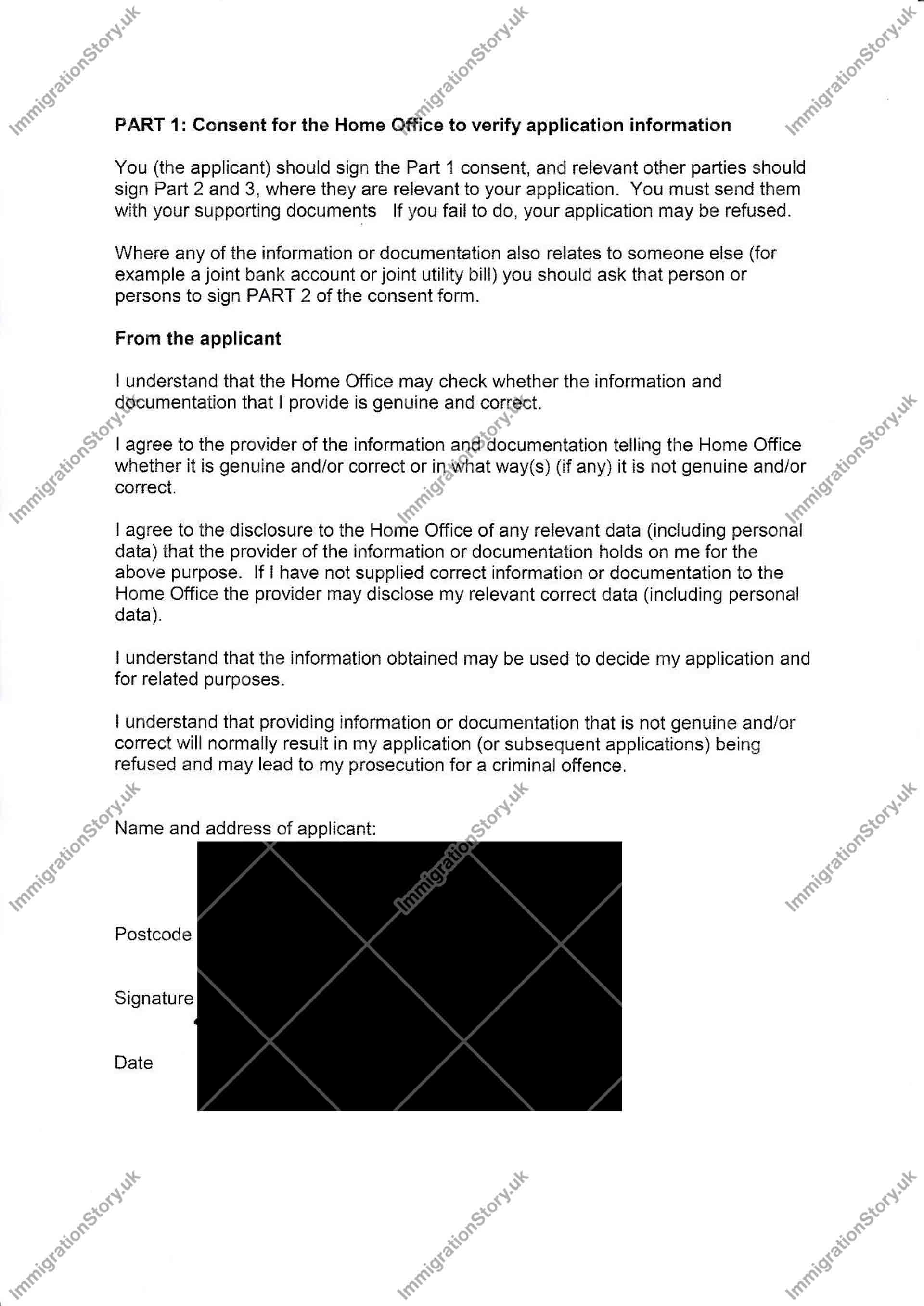
The consent form is generated and is provided to you once you submit and pay for your application. This will allow the Home Office to validate the authenticity of your responses and the documents that you have submitted.
You will need to print the template, fill it out, and sign it. Once done, submit the scan online, and bring the original with you on your appointment.
A word of warning
Note that in the UK, only OISC-registered immigration advisers can legally give immigration advice. While I hope that I can give you an idea of what the process entails given the recounting here of my experiences, be mindful that this is specific to my case and may not necessarily apply to you or to anyone else.
Immigration law is exceedingly complex. As I am not an immigration adviser and that the strategy we’ve taken in our applications is bespoke to my and my partner’s route and unique state of affairs, the information here is not and should not be constituted as legal advice. If you have any questions regarding your particular circumstances, it is best that you reach out to a qualified immigration adviser who can assess your situation and provide open and honest guidance tailored to your case.
If you decide to do this and seek guidance and/or support from a solicitor (especially if you know that your scenario is a complex one), you must protect yourself from fraud1 by ensuring that you only go to an OISC-registered immigration adviser.